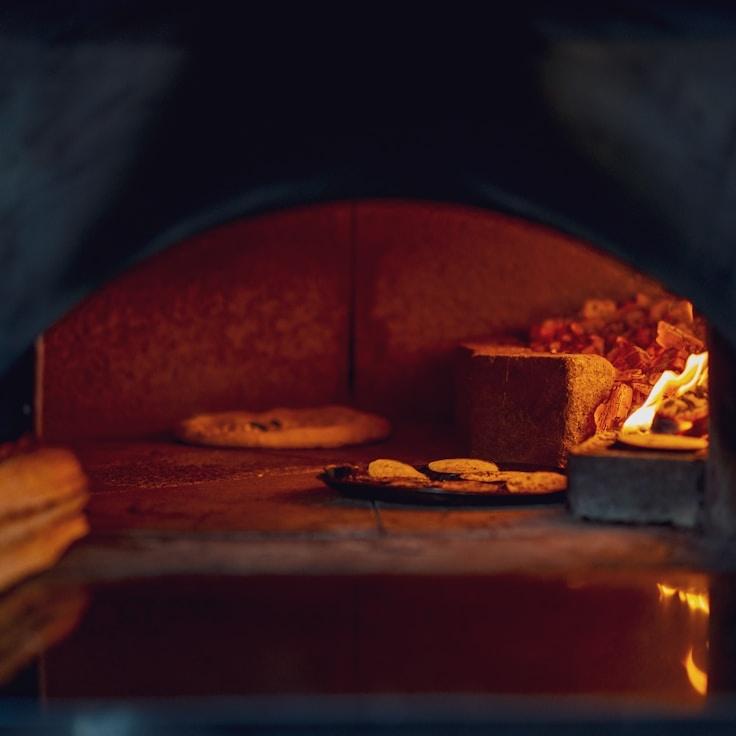At HarvestPlum, we're convinced that the secret to outstanding pizza lies in the dough's quality. Our over 30 years of refining our dough recipe has finally paid off and although we can’t divulge our exclusive blend (some things are better kept a secret), these guiding principles will assist you in crafting a pizza dough of pizzeria-level excellence in your own kitchen.
Choosing the Right Flour
The essence of excellent pizza dough begins with first-rate flour. 00 flour, which is finely milled Italian flour with a moderate protein level (about 12%), is our recommendation for achieving an ideal mix of robustness and softness. Substitute with bread flour if 00 flour is not available, keeping in mind the texture will alter slightly.
Water's Temperature and Dough's Moisture Content
Your water's temperature is critical for controlling the dough's rise and texture. Use cooler water around 45°F (7°C) for a slower fermentation, which enhances taste, or warmer water at about 85°F (29°C) to speed up the process. Aim for a hydration ratio (water to flour) between 60-70%, appropriate for most residential ovens.
Less is More with Yeast
To create truly flavorful dough, minimize the amount of yeast and maximize fermentation duration. For our doughs that rest for 24-48 hours, we use a scant 0.2% fresh yeast based on the flour's mass. The lengthy fermentation yields a complex taste profile and results in a dough that’s more digestible.
The Crucial Role of Salt
Salt does more than enhancing the taste of your dough; it bolsters the gluten framework and moderates yeast activity. For best results, utilize fine sea salt at a measure of 2.5-3% of the flour volume, introducing it after the dough has started to amalgamate, which prevents the salt from directly interacting with the yeast.
Fermentation is an Art
Post-mixing, let your dough undergo an initial bulk fermentation at an ambient temperature for about 2 hours, then portion it into balls. Store them in lidded containers and chill them for 24-72 hours. It's during this cold fermentation stage that enzymes convert starches into sugars, yielding a delectable flavor and the visually appealing golden-brown hue of our crusts.
Handling Dough Delicately
Prior to baking your pizza, bring the dough to room temperature by taking it out of the refrigerator an hour or two ahead of time. When shaping, handle the dough with care to maintain the developed air pockets. Press and shape with your fingers rather than rolling, to preserve these air bubbles.
Heat: The Finishing Touch
Our specialty ovens reach 850°F (454°C), but common household ovens peak at around 550°F (288°C). To emulate, place a pizza stone or steel in the oven and preheat for at least an hour, which will provide the strong bottom heat necessary for a crust that's both crispy and fluffy.
The process of perfecting pizza dough is a perpetual learning experience. Each batch offers new insights. We encourage the keeping of a baker's journal to tailor variables and unearth the ideal conditions for dough making in your kitchen.
Experience our method firsthand by attending our monthly pizza seminars led by Chef Matteo. Visit our events calendar for the scheduled workshops.

